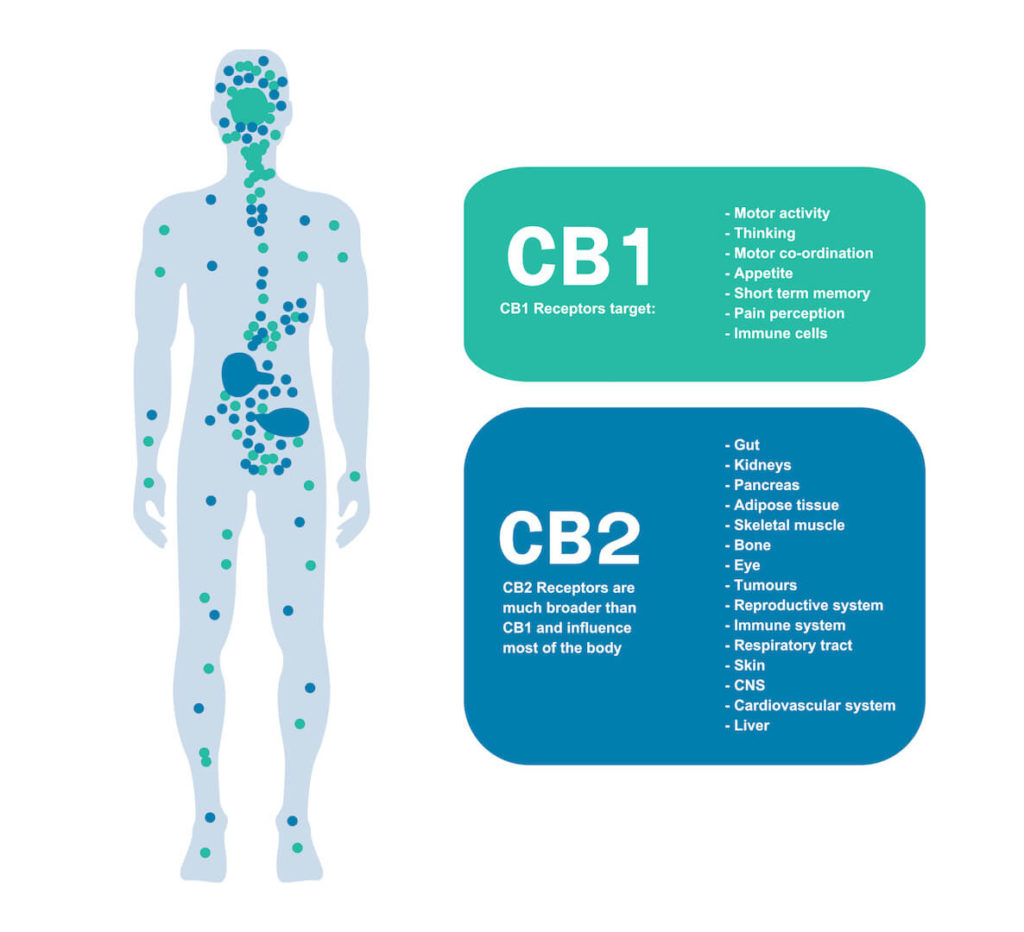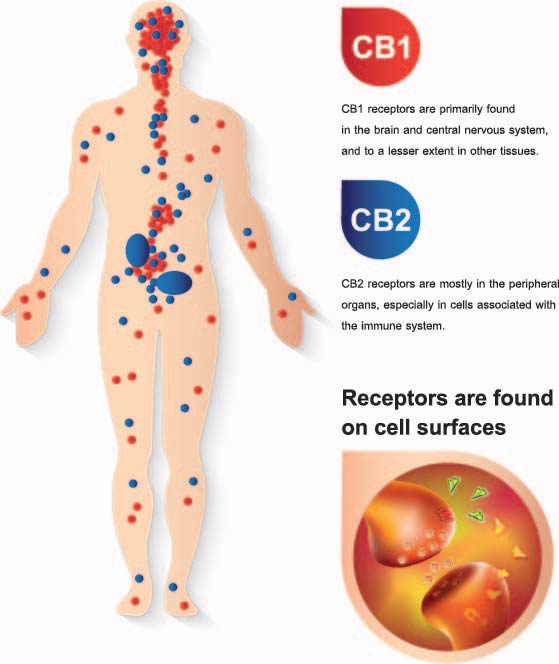Spotlight on Rheumatoid Arthritis:
What causes Rheumatoid Arthritis (RA) and what is the difference between Osteoarthritis (OA) and Rheumatoid Arthritis?
Rheumatoid arthritis (RA) is an autoimmune disorder that causes chronic inflammation and destruction of joints. It affects over 1% of adults globally, disproportionately women. Unlike osteoarthritis which results from general wear and tear, RA occurs when the immune system attacks the joints’ lining, causing swelling, stiffness, and deformity.
RA is a systemic disease that can also affect the eyes, heart, lungs, and nervous system. Patients may develop complications like lung fibrosis, heart disease, and nerve entrapments that greatly impact quality of life.

How many people are affected by Rheumatoid Arthritus?
Rheumatoid arthritis affects more women in comparison to men and manifests in the 3rd to 6th decades. In terms of prevalence: “an estimated prevalence of 1 to 2%, the prevalence increases with age, approaching 5% in women over age 55. The average annual incidence in the United States is about 70 per 100,000 annually. Both incidence and prevalence of rheumatoid arthritis are two to three times greater in women than in men.” [2].
Progression
For many people suffering from early-onset Rheumatoid Arthritis, the unknown is a constant concern, the disease can progress in several different ways causing diseases related to organs, nerves, joints and sensory function.

Eye disease is something that RA patients can develop this manifests as Keratoconjunctivitis of Sjogren’s syndrome the former will cause pain and inflammation, the latter causing dryness and irritation in eyes and mouth and other parts of the body.
Cardiopulmonary disease can affect patients in several ways, with pericarditis the most common and including pleurisy with or without effusion, intrapulmonary nodules, and diffuse interstitial fibrosis. These conditions will result in reduced lung function, having a huge impact on the patient’s quality of life and mobility.
Atherosclerosis is the most common cardiovascular manifestation in RA. It is also the leading cause of death in the RA patient. Because chronic inflammation may be the cause of atherosclerosis, it is possible that early aggressive treatment of RA may reduce the incidence or severity of heart disease [2].
Neurologic disease is also a complication of RA its most common manifestation is as carpal tunnel syndrome and tarsal tunnel syndrome, these are conditions that involvement entrapments of nerves and produce symptoms along the path of the nerves involved. Atlantoaxial-subluxation is caused when the 1st and 2nd vertebrae become misaligned as a result of RA complications that can lead to fatality in rare cases. [2].
RA & Quality of Life
Rheumatoid Arthritus is a chronic condition that its sufferers have to battle daily for the rest of their lives, pain, inflammation, loss of mobility and lung function as well as sensory (eyes) impact and discomfort are all things that impact their quality of life.
What is the prognosis for RA patients?
RA can reduce a person’s life expectancy by as much as 10 to 15 years [3], many people still have full lives and exceed 80 or 90 years of age, but this is not the norm. Many things can mitigate an RA prognosis including age, disease progression, as well as lifestyle choices, such as smoking or weight gain.

Medicinal Cannabis Therapies For RA?
So, in order to discuss medicinal cannabis therapies, we first need to introduce you to the endocannabinoid system and the principle of biochemical signalling and binding.Within the scope of this discussion, the endocannabinoid system is comprised (but not exclusively) of two types of receptor, the CB1 receptors are found on the surface of cells in the central nervous system (CNS) and brain. While CB2 receptors are found in the soft tissues and surface receptors of immune cells in the circulatory system.

An agonist is a chemical that binds to the surface of a receptor and activates it to produce a response. An antagonist binds to a receptor and blocks an agonist by sharing a commonality with the natural ligand [5].
CBD and THC are cannabinoids that act as both antagonist and agonist for CB1 and CB2 receptors.
Torsten Lowin, PhD, of the Department of Rheumatology & Hiller Research Center for Rheumatology, University Hospital Düsseldorf, Germany, proposed that a CB1 receptor antagonist combined with CBD and a fatty acid amide hydrolase (FAAH) inhibitor to inhibit the degradation of endocannabinoids could be beneficial in the treatment of RA.In an interview with Rheumatology Advisor, Dr Lowin stated, “If a treatment regimen as the one described in my paper would be applied, then I would expect therapeutic effects comparable to biologics treatment with a better side effect profile. I think that manipulation of the cannabinoid system might get the immune system closer to the homeostatic set point where inflammation is effectively limited.” [6].
Dr Lowin suggested that patients with RA wishing to try herbal cannabis to address their symptoms should start out with a low THC/high CBD variety and then titrate THC. “High THC might not be favourable because it does increase heart rate and patients with rheumatoid arthritis often develop atherosclerosis [6].
RA therapies can interfere with cytokine production or signalling but this can have side effects, including infection and immune disturbances.
“Therefore, reduction of pro-inflammatory cytokine production and signalling without an overt risk of infection would be a preferable treatment of RA,” [4]. Lowin and colleagues wrote. “In vitro data and results from animal experiments suggest that cannabinoids might help with just that.” [4].
The researchers noted that the use of cannabis might not only reduce inflammation and pain, but may also help RA patients with comorbidities, such as depression, hypertension, and osteoporosis.[4]If you have any questions regarding this article or how THC or CBD can help with chronic illness, drop us a line, we can direct you to an integrated medical professional or help you find research available in the public domain.
Bibliography
[1] Osteoarthritis: A Serious Disease, Submitted to the U.S. Food and Drug Administration December 1, 2016, https://www.oarsi.org/sites/default/files/docs/2016/oarsi_white_paper_oa_serious_disease_121416_1.pdf
[2]. Johns Hopkins Arthritis Center by Victoria Ruffing, R.N., C.C.R.P. and Clifton O. Bingham III, M.D: https://www.hopkinsarthritis.org/arthritis-info/rheumatoid-arthritis/ra-symptoms/
[3] How is lifespan affected by RA? National Rheumatoid Arthritis Association 02/01/2020:
https://www.nras.org.uk/how-is-lifespan-affected-by-ra
[4]. Joints for joints: cannabinoids in the treatment of rheumatoid arthritis
Lowin, Torsten; Schneider, Matthias; Pongratz, Georg May 2019: https://journals.lww.com/co-rheumatology/Abstract/2019/05000/Joints_for_joints__cannabinoids_in_the_treatment.9.aspx
[5] Barrie N, Manolios N. The endocannabinoid system in pain and inflammation: Its relevance to rheumatic disease. Eur J Rheumatol. 2017;4(3):210-218. https://www.ncbi.nlm.nih.gov/pmc/articles/PMC5685274/
[6] Cannabinoids in the Treatment of RA: Current Status and Future Prospects
Cindy Lampner, MSLIS- May 20, 2019 https://www.rheumatologyadvisor.com/home/rheumatoid-arthritis-advisor/cannabinoids-in-the-treatment-of-ra-current-status-and-future-prospects/




